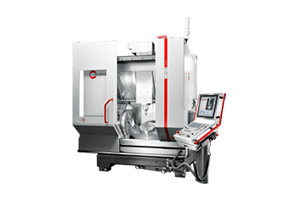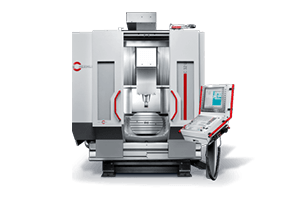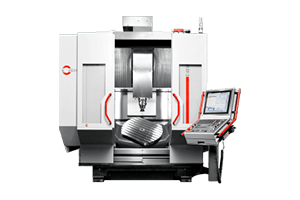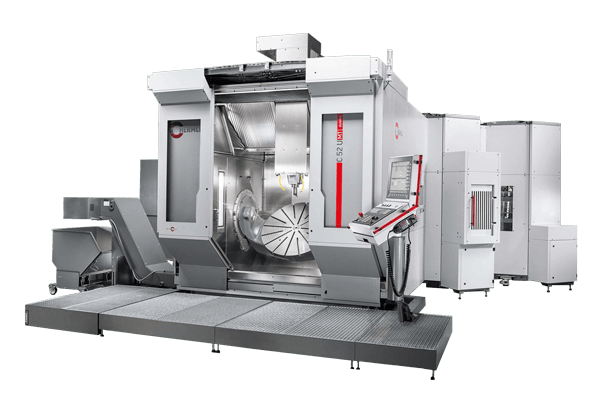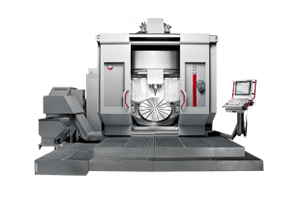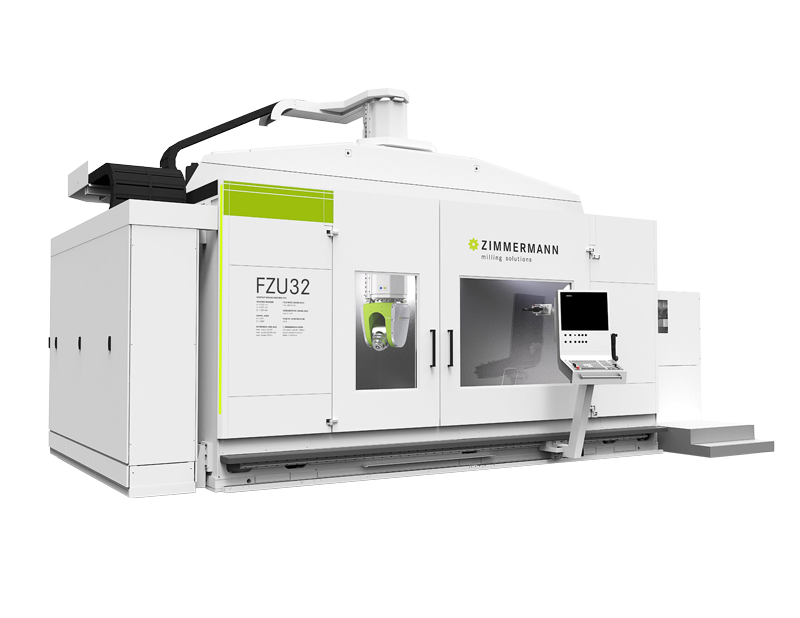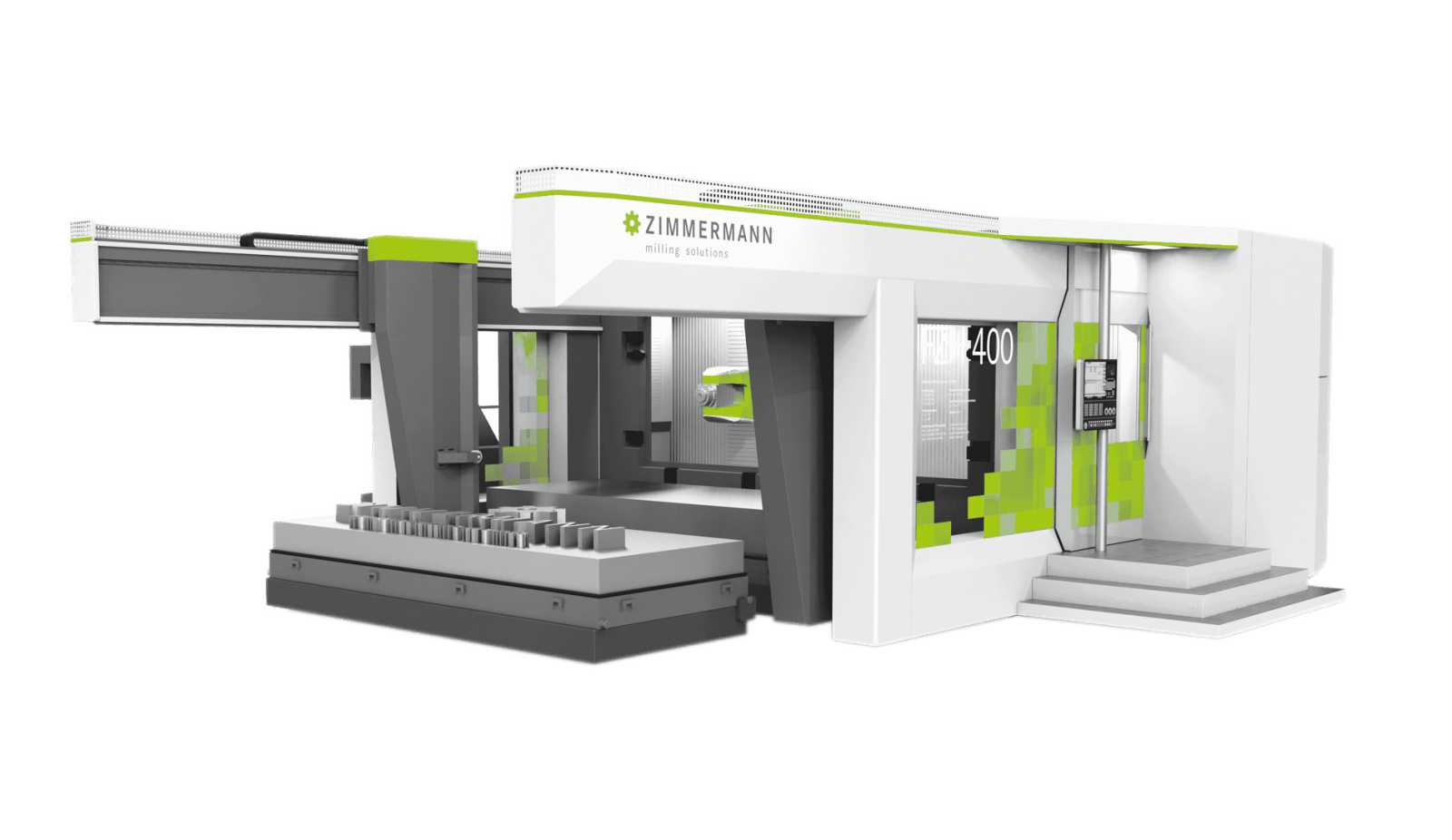Machining aluminium guide
Aluminium is the most common metal found on Earth, making up around 8% of our crust; in 2016 alone, over 57 million tonnes were extracted.
In manufacturing, aluminium is a popular choice owing to its strong material advantages:
- Versatile
- Lightweight
- Strong
- Corrosion-resistant
- Sustainable and recyclable
Because of these benefits, aluminium is ubiquitous in a huge range of industries, from automotive and aerospace to construction and consumer goods.
As aluminium is so popular and beneficial, it might be easy to assume that it’s straightforward and simple to work with. But this isn’t always the case. There are a huge number of aluminium grades; each brings unique manufacturing challenges to the table.
In this blog, we will dive into the most popular grades of aluminium, explain the challenges, and offer some solutions that may help.
What are the benefits of using aluminium for CNC machined parts?
There are a huge number of grades and alloys of aluminium, but a few benefits and properties apply to most forms the metal takes:
Strength-to-weight ratio
Aluminum has a high strength-to-weight ratio, making it a good choice for applications where weight is a concern, like in the automotive and aerospace industries.
It is used in the construction of aircraft bodies, engines, and other components because it is strong enough to withstand the forces involved in flight, yet it is also lightweight enough to help the aircraft achieve high speeds and efficiency.
Machinability
Aluminium is a machinable and relatively soft metal, which means that it can be easily cut, shaped, and drilled. This makes it a good choice for CNC machining and the creation of complex parts.
It’s relatively inexpensive and more straightforward with regards to accuracy and tolerances.
Corrosion resistance
Pretty much all grades of aluminium offer good corrosion resistance, making them well-suited for harsh environments. As such, it’s often found in applications where the material will be exposed to the elements, such as in construction, aerospace and the marine industry.
Recyclability
In a manufacturing environment, aluminium is simple, cheap and easy to recycle, making it a great choice for those wanting to maximise profits when creating componentry.
These benefits also help consumers too; cans and foil are widely recycled across the globe, lessening the amount of aluminium that ends up in landfills or incinerators.
Other benefits include:
- Electrical conductivity
- Heat conductivity
- Easy to anodise
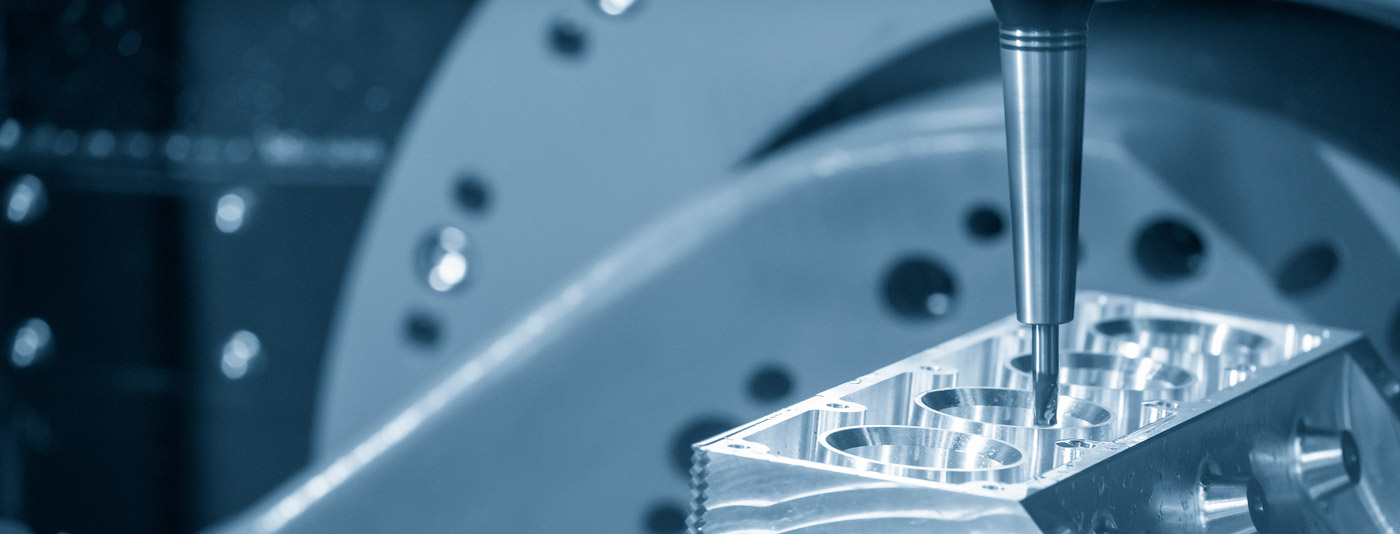
What are the different grades of aluminium, and how easy are they to machine?
1000 Series Aluminium

Composition
1000 Series is the purest form of aluminium, containing at least 99% aluminium. It may also contain small amounts of other elements, such as iron, silicon, and copper.
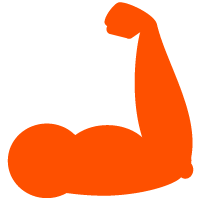
Strength
1000 Series is relatively weak, with a low tensile strength. It is not suitable for applications where high strength is required.

Corrosion resistance
1000 Series is highly resistant to corrosion. It is resistant to both acids and bases and can be used in marine and industrial environments.
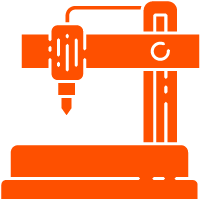
Machinability
1000 Series is easily machinable and can be easily cut, drilled, and shaped. It is a good choice for applications where complex parts are required.

Challenges
1000 Series can be prone to warping, and it is important to use sharp tools and coolant when machining it.

Applications
Food packaging, building materials, electrical components, medical devices, transportation
Additional considerations:
Machining allowances – 1000 series aluminium is soft, so it is important to leave generous machining allowances when cutting parts. This will help to ensure that the final part meets the required tolerances.
Surface finish – 1000 series aluminium can be machined to a high surface finish. However, it is important to use the correct cutting tools and parameters to achieve the desired finish.Heat treatment: 1000 series aluminium is not typically heat treated to improve its strength and hardness; rather, Cold working or Work hardening is used to improve its mechanical properties.
2000 Series Aluminium

Composition
2000 Series aluminium alloys are primarily composed of aluminium and copper. Other alloying elements, such as magnesium, manganese, and silicon, may be present in small amounts.

Strength
2000 Series aluminium alloys are some of the strongest aluminium alloys available. They can be heat treated to achieve great tensile strengths.

Corrosion resistance
2000 Series aluminium alloys have poor corrosion resistance.

Machinability
2000 Series aluminium alloys are machinable with standard tools and techniques. They are known for their good machinability, which is due to the presence of copper in the alloy.

Challenges
2000 Series aluminium alloys can be prone to work hardening, which can lead to chatter and tool wear. It is important to use sharp tools and to take light cuts when machining these alloys.

Applications
Marine, aerospace, automotive, construction, medical.
Additional considerations:
Cutting speeds: 2000 series aluminium can be machined at high speeds, but it is important to use a sharp tool to prevent chatter and poor surface finish.
3000 Series Aluminium

Composition
3000 Series aluminium alloys are primarily composed of aluminium and manganese. Other alloying elements, such as magnesium, silicon, and copper, may be present in small amounts.

Strength
3000 Series aluminium alloys are not as strong as the 2000 series alloys but are stronger than pure aluminium.

Corrosion resistance
3000 Series aluminium alloys have good corrosion resistance in a variety of environments. They are resistant to corrosion from acids, alkalis, and salt water.

Machinability
The 3000 Series aluminium alloys are machinable with standard tools and techniques. They are known for their good machinability, which is due to the presence of manganese in the alloy.

Challenges
3000 Series aluminium alloys can be prone to work hardening, which can lead to chatter and tool wear. It is important to use sharp tools and to take light cuts when machining these alloys

Applications
General purpose engineering, kitchen equipment, heat exchangers, welding, sheet metal
5000 Series Aluminium

Composition
5000 Series aluminium alloys are primarily composed of aluminium and magnesium. Other alloying elements may be present in small amounts, such as silicon, copper, and zinc

Strength
5000 Series aluminium alloys are not as strong as the 2000 series alloys, but they are stronger than pure aluminium.

Corrosion resistance
5000 Series aluminium alloys have good corrosion resistance in a variety of environments. They are resistant to corrosion from acids, alkalis, and salt water.

Machinability
5000 Series aluminium alloys are machinable with standard tools and techniques. They are known for their good machinability, which is due to the presence of magnesium in the alloy.

Challenges
Because 5000 is quite soft and has a low melting point, it can become gummy and clog tools. This increases the risk of galling and imperfect surface finishes.

Applications
Marine, construction, automotive, welding.
Additional considerations:
Material properties: Can also be prone to work hardening, chatter and tool wear.
6000 Series Aluminium

Composition
6000 Series aluminium alloys are primarily composed of aluminium, magnesium and silicon.

Strength
6000 Series aluminium alloys are strong and lightweight and can be heat treated to achieve good tensile strengths.

Corrosion resistance
6000 Series aluminium alloys have good corrosion resistance in a variety of environments. They are resistant to corrosion from acids, alkalis, and salt water.

Machinability
6000 Series aluminium alloys are renowned for good machinability and common in CNC workshops.

Challenges
6062 Aluminum can be prone to chipping on heavy cuts, while 6063 is softer and gummier.

Applications
Aerospace, automotive, marine, general purpose manufacturing.
Additional considerations:
Material properties: Can be prone to cracking.
7000 Series Aluminium

Composition
7000 Series aluminium alloys are primarily composed of zinc-based alloys.

Strength
7000 Series aluminium alloys are stiff and are the strongest of all frequently-used aluminium grades.

Corrosion resistance
7000 Series aluminium has reasonable corrosion resistance. While it won’t match 1000 or 6000 series, it is more resistant than 2000 series.

Machinability
7000 Series aluminium alloys are stiff and have good machinability, but bright surface finishes require more work.

Challenges
7000 Series aluminium alloys can be prone to work hardening, which can lead to chatter and tool wear.

Applications
Wing spars, defence, racing, high-end bicycle frames.
Additional considerations:
Material price: 7000 Series is generally quite expensive, increasing the cost of scrappage.

Why can machining aluminium be challenging?
Aluminium is ubiquitous in most machining shops; whilst relatively simple to machine, a few challenges can crop up:
- Thermal buildup
First and foremost, aluminium is a great thermal conductor, meaning it can heat up easily during the machining process. This heat can be damaging to cutting tools and workpieces, causing dulling and warping.
If enough heat is present, aluminium will melt and fuse to tools.
- Gummy buildup
Those machining aluminium can also find gummy buildup forming on the cutting tool, causing it to dull and increasing friction.
- Various levels of machinability
As you would’ve seen from our tables above, different series and grades of aluminium bring different levels of machinability to the table: some are soft and gummy, while others are brittle or chip easily. Knowing what cutting strategies to employ for what grades is essential.
- Warping
Most grades of aluminium are relatively soft, making them susceptible to warpage when being machined.
- Chatter
Aluminium is generally machined with high cutting frequencies; this means spindle speeds, angles and removal rates can be much more extreme than with other metals. Combined with the metal’s lightweight nature and reduced ability to dampen, chatter can be a real concern when working with aluminium.
CNC machining processes for aluminium: best practices
- Carbide cutting tools
Carbide tools are really the only sensible choice for cutting aluminium: they’re hard, durable, and will outperform steel tools in both lifespan and surface finish.
Aluminium produces heat and encourages wear/vibration during machining. The hardness of carbide tools and their toughness means they can survive and retain sharpness for longer periods of time than HSS tools.
It’s worth noting that carbide tools are more expensive than HSS alternatives, but they last much longer and produce superior finishes. For those working in high-volume manufacturing, they’re a good choice for saving costs.
- Speeds and feeds
Aluminium is generally soft, so most experts recommend fast cutting speeds. This means combining high spindle RPM with high feed rates. If spindle speeds are too high and feeds too low, the tool will rub excessively against the aluminium, causing heat buildup (known to cause issues with aluminium) and unnecessary tool wear.
- Keep on top of chip removal
The fast cutting speeds and deep cuts associated with aluminium machining make chip buildup a real issue. A deep pocket filled with aluminium chips increases the chance of sticking, tool damage, work hardening and poor surface finish.
Compressed air can help deal with aluminium chips.
- Use an appropriate coolant
As we’ve covered already, aluminium has a propensity to heat up and melt when being machined. This melted aluminium is catastrophic to the edges of your tools.
An appropriate coolant is essential when machining aluminium. It helps to cool the workpiece and the cutting tool, and it also helps to lubricate.
How does aluminium compare to other commonly machined metals?
| Property | Aluminium | Cast Iron | Stainless Steel | Titanium | Copper |
|---|---|---|---|---|---|
| Strength | Some alloys have excellent strength-to-weight ratio. | Has greater tensile strength and resistance to wear and tear. | Much, much stronger than aluminium. | Significantly stronger than aluminium at the cost of moderate weight. | Far less strong, but more malleable. |
| Thermal conductivity | High thermal conductivity. | Lower thermal conductivity, but good heat retention. | Not as good as aluminium, but can be used at higher temperatures. | Less thermally conductive but more resistant to heat. | Very high thermal conductivity. |
| Electrical conductivity | Excellent electrical conductivity. | Not a good conductor of electricity. | Poor. | Low electrical conductivity. | Superior electrical conductivity. |
| Corrosion resistance | Generally good corrosion resistance, although some alloys can suffer. | Prone to rusting when exposed to oxygen and moisture. | With a non-porous finish and added chromium, stainless steels are more resistant than aluminium. | Excellent corrosion resistance. | Resistant to rust, but does oxidise over time. |
| Machinability | Excellent machinability. | Good machinability. | More challenging than aluminium. | Difficult to machine. | Hard to work with and notorious for being gummy. |
| Price | Can be expensive. | Very affordable. | Similarly priced to aluminium. | More expensive than aluminium. | More expensive than aluminium. |
| Summary | A lightweight, strong and ductile metal with good conductivity. | A durable, low cost metal that is heavy and susceptible to rust. | A durable, strong and resistant alloy. | A strong, relatively lightweight and resistant metal that is expensive and challenging to work with. | A malleable and conductive metal that is challenging to work with and expensive. |
What CNC machines are best for aluminium?
The best CNC machines for aluminium will be highly dynamic and have high-speed spindles, generally between 18,000 rpm and 25,000 rpm. Here are our recommendations.

